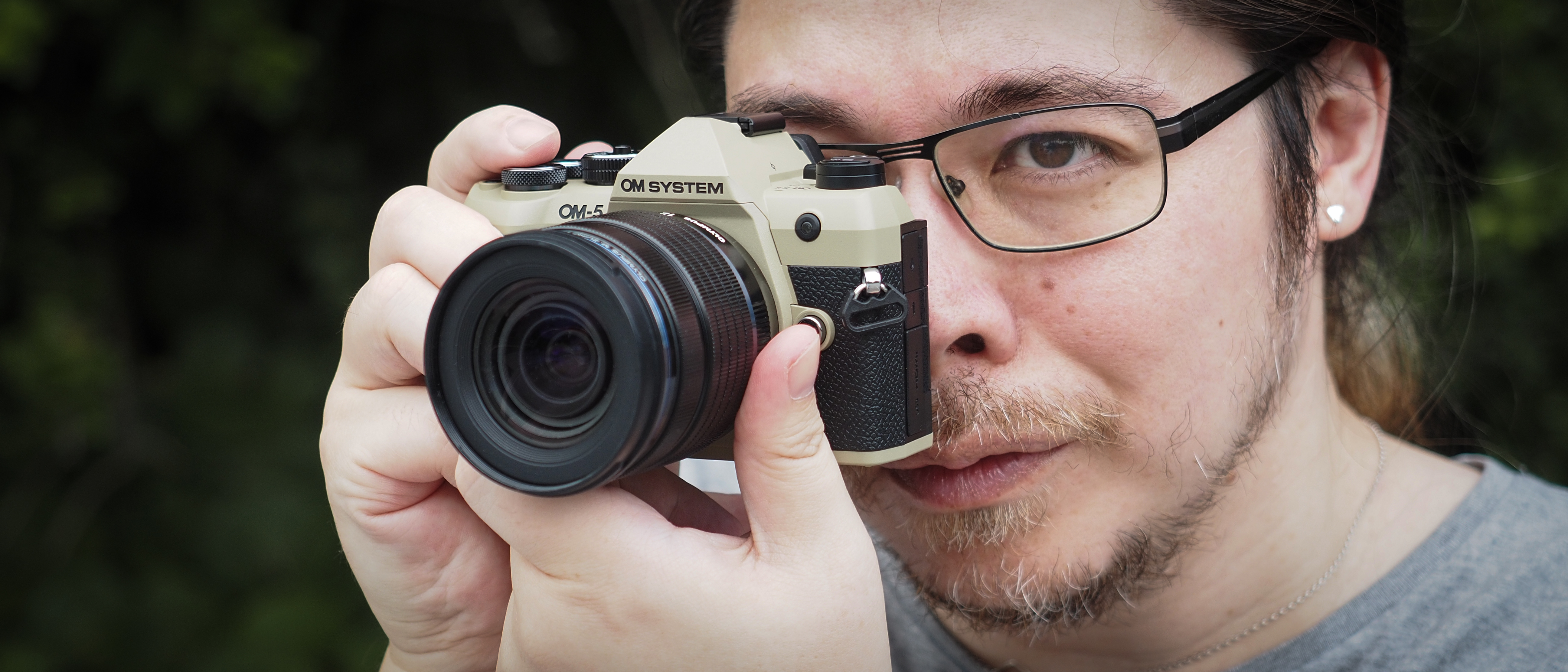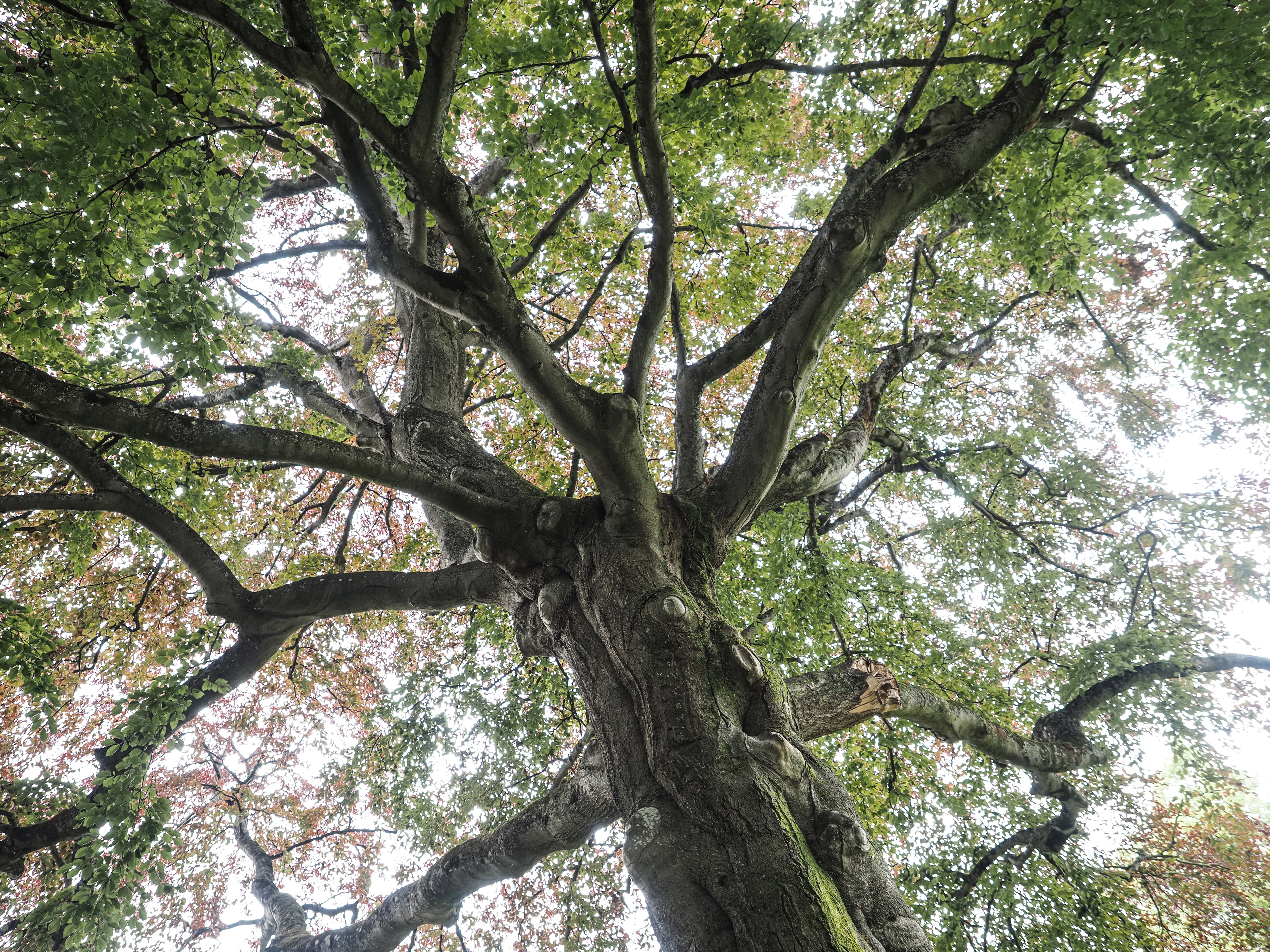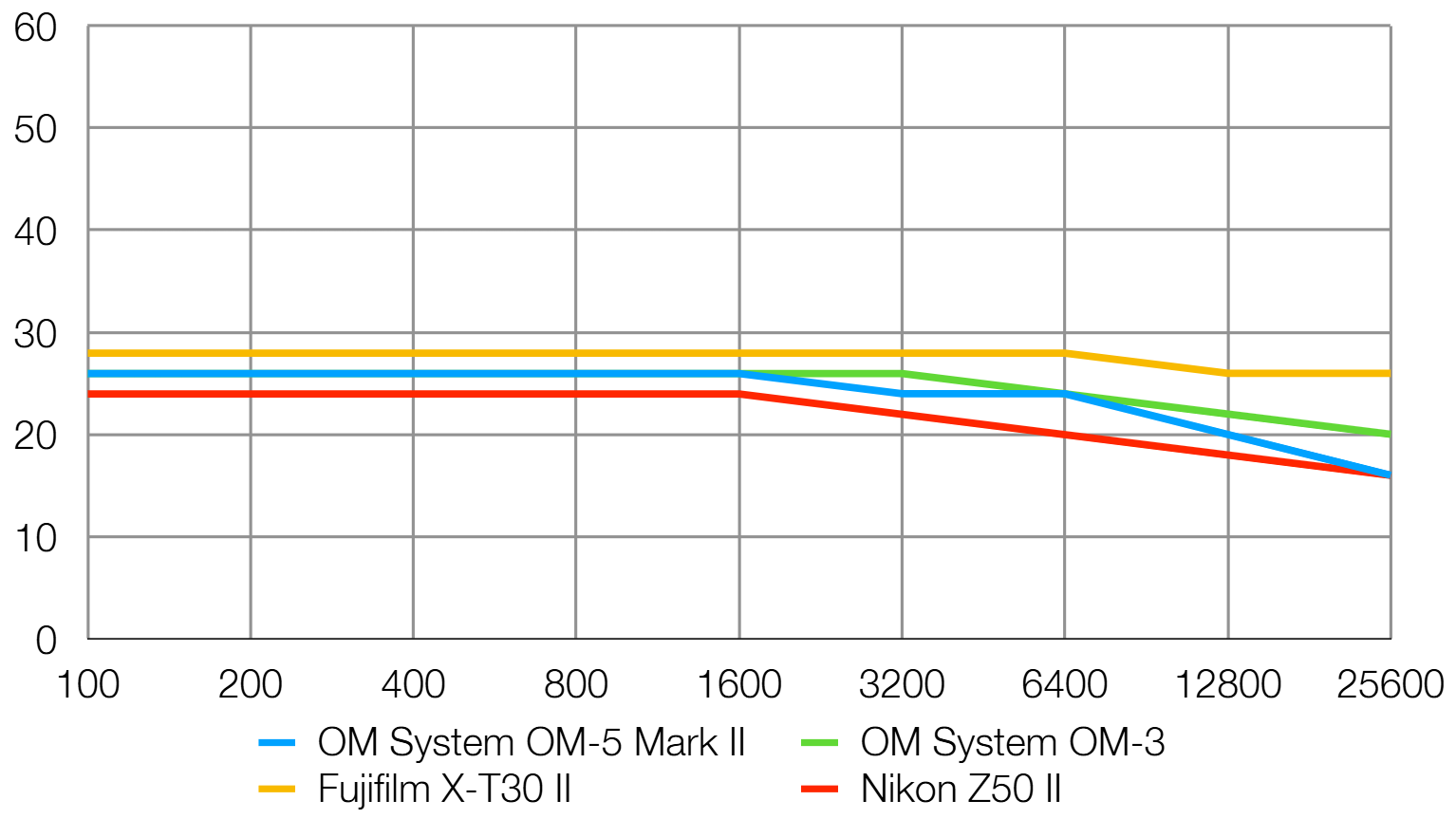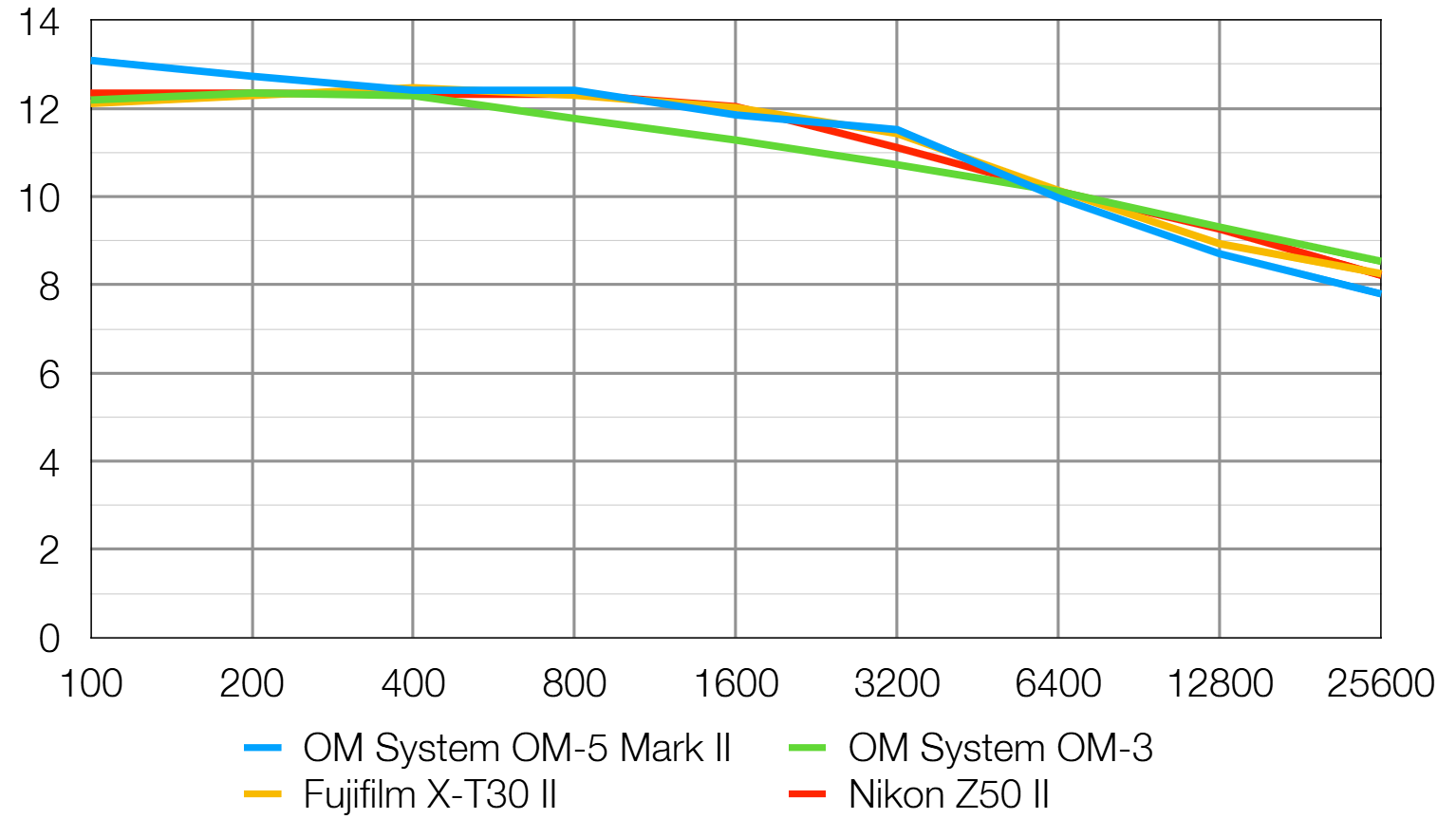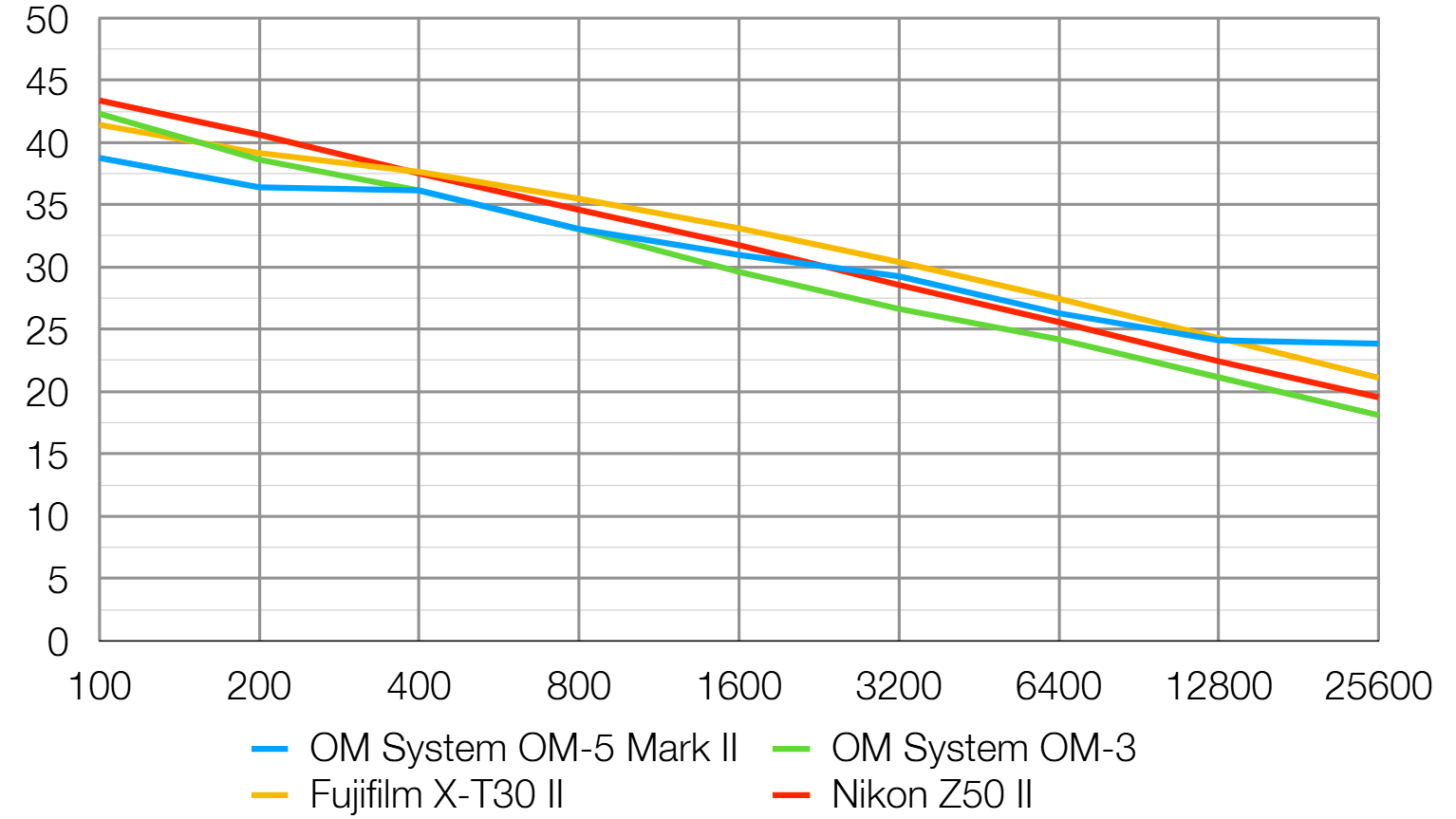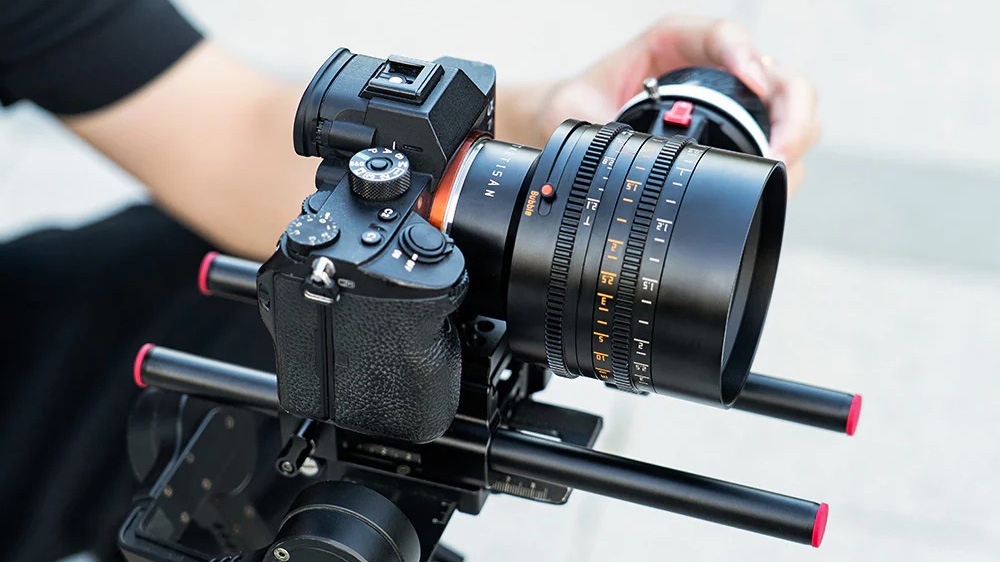Digital Camera World Verdict
Just like its predecessors, the OM System OM-5 Mark II is an exceptional enthusiast camera that's built for adventure – and it's the perfect outdoor companion for those who want to forget the filters and leave the tripod at home, but still get great results. Rock-solid stabilization and class-leading computational features combine with IP53 weather sealing and unrivaled compactness. However, it really is JUST like its predecessors, with core specs that haven't changed much in three generations. That doesn't make the camera any less capable but, if you already own the original OM-5 or even the E-M5 Mark III, there's not a lot of reason to upgrade.
Why you can trust Digital Camera World
The OM System OM-5 Mark II is lot like DeMar DeRozan. It knows what it does, and it does it incredibly well. Its game is built on fundamentals and is highly effective, even against modern players with more flash and pizazz. But when it shows up each season, it really doesn't evolve all that much – it just keeps on doing what it does. And doing it incredibly well.
Which is to say that the OM System OM-5 Mark II is everything you'd expect: it's packed with clever computational features, it's rugged and lightweight enough to be your best adventure buddy… and it's very similar to the original OM System OM-5 (and, indeed, the Olympus OM-D E-M5 Mark III before it).
OM has made some significant changes, though. The camera adopts the new (and much improved) menu system of the OM-3 and OM-1 Mark II. It also inherits the OM-3's CP button, putting computational photography at your fingertips. And the grip is slightly thicker, providing more purchase in outdoor environments. Oh, and it comes in a third color for the first time (sand beige, which is the one I tested).
As someone who has been using OM's 5-series cameras ever since the very first one in 2012 (the trailblazing Olympus OM-D E-M5), this is the Swiss Army knife camera I would spend my money on today if I didn't own one. Here is why…
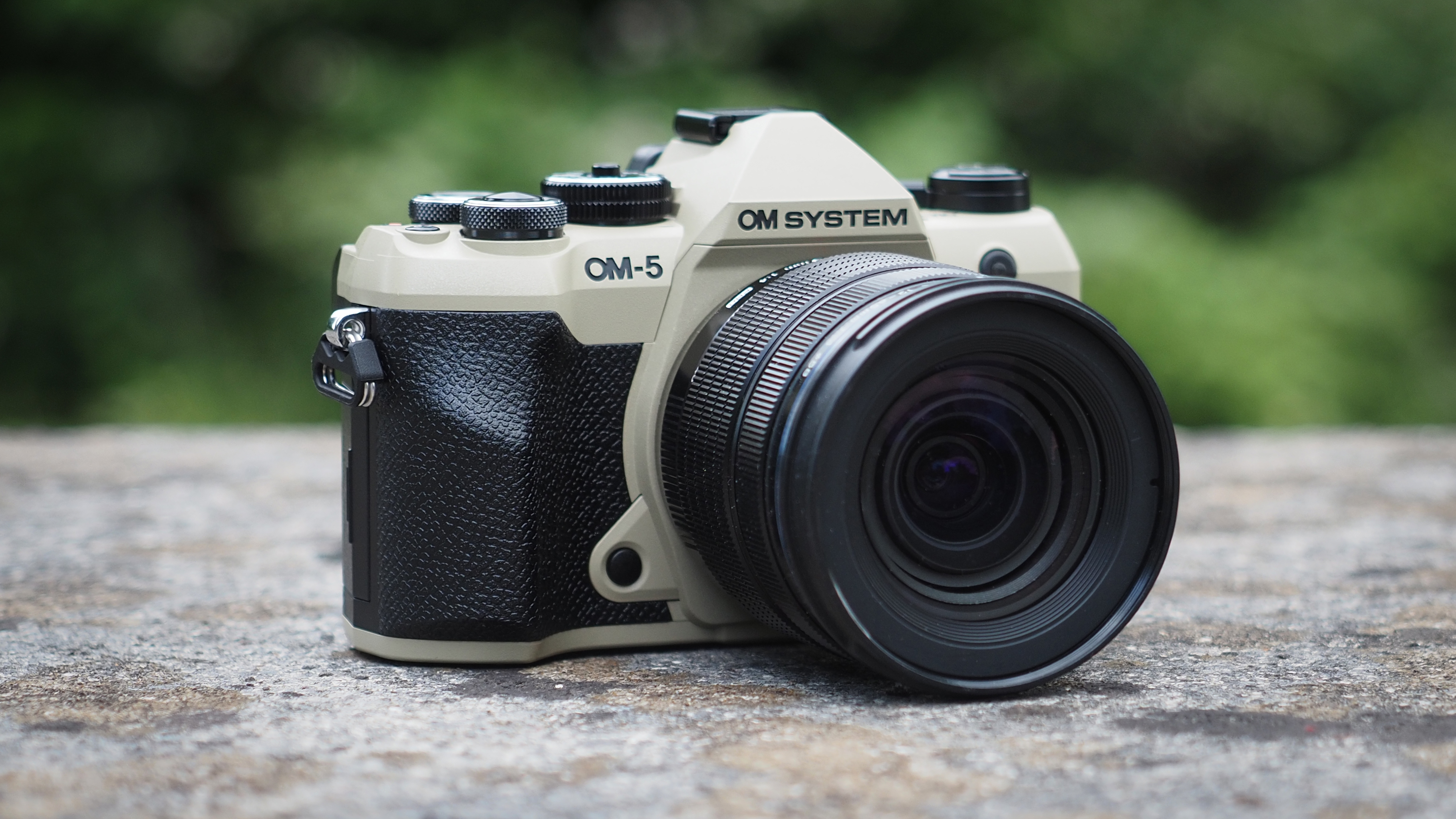
OM System OM-5 Mark II: Specifications
Sensor | 20.4MP Live MOS (2x crop) |
Mount | Micro Four Thirds |
Processor | TruePic IX |
Viewfinder | 2.36 million dot OLED, 100% coverage |
Screen | 3-inch, 1.04 million dot, vari-angle touchscreen |
Image Stabilization | 5-axis IBIS, up to 6.5 stops center / 5.5 stops corner (7.5 / 6.5 stops with Sync-IS lenses) |
ISO | 200-25,600 (exp to 64) |
Autofocus | Hybrid phase / contrast detect, 121 cross-type points |
Max Burst Speed | Mechanical 6fps • Electronic 10fps / 30fps with fixed AF |
Buffer | 21 JPEG / 19 RAW |
Video | 4K 30p, C4K 24p, 1080p 120p (8-bit) |
Battery | BLS-50, 310 shots |
Connectivity | USB-C, micro HDMI, mic jack, remote shutter, WiFi, Bluetooth |
Dimensions | 125.3 mm x 85.2 mm x 52 mm |
Weight | 370g body only |
OM System OM-5 Mark II: Price & availability
The OM System OM-5 Mark II ships in July and carries a retail price tag of $1,199 / £1,099 (Australian pricing to be confirmed).
For comparison, the original OM-5 has an RRP of $1,199 / £1,199, but is currently available for $899 / £809 at some retailers. The more advanced OM System OM-3 is priced at $1,999 / £1,699.
The OM-5 Mark II comes in the usual silver and black options along with a third colorway, 'sand beige'. Availability of this option varies by territory; it is a limited edition in the US and a Wex-exclusive in the UK.
The best camera deals, reviews, product advice, and unmissable photography news, direct to your inbox!

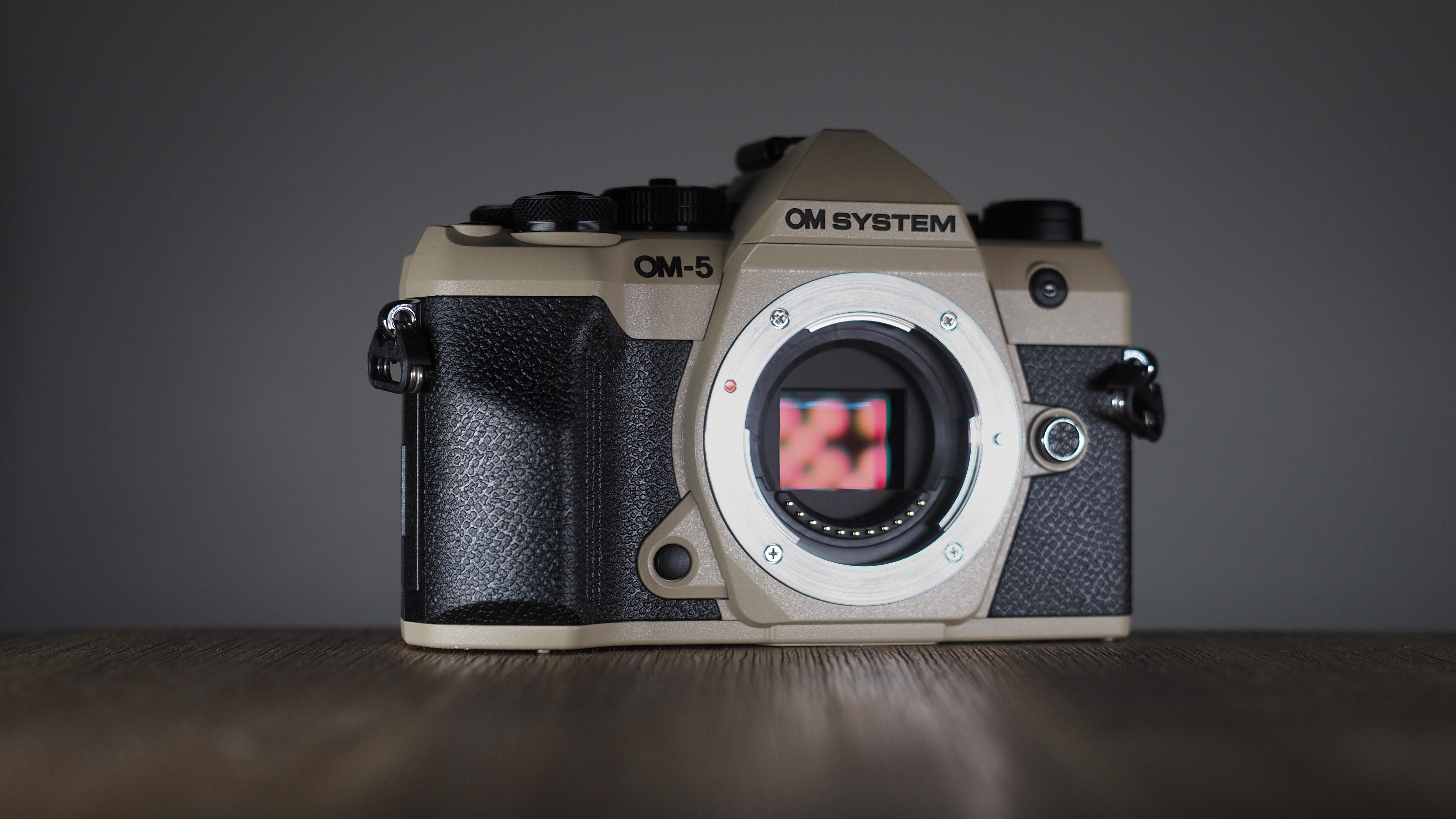
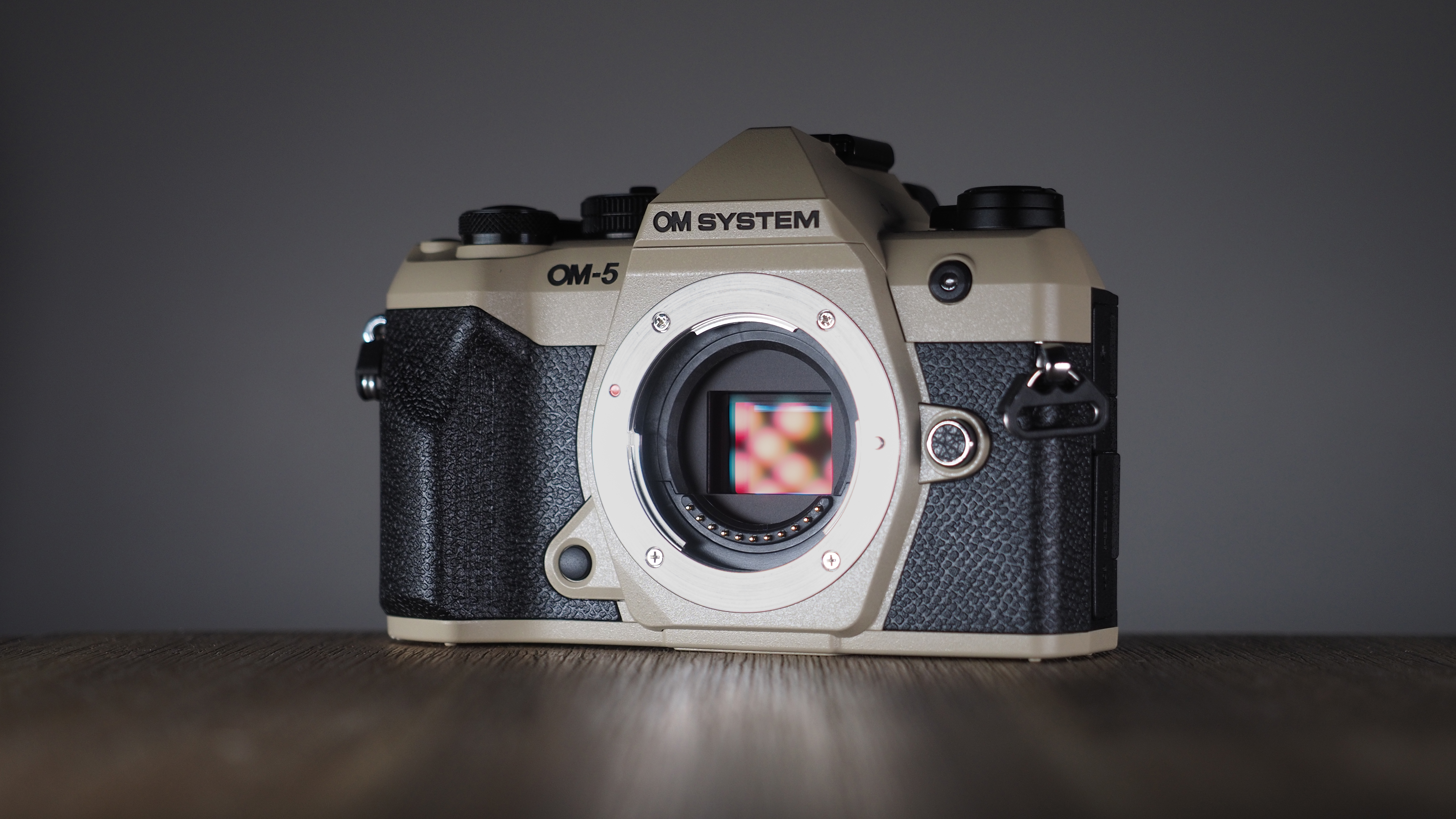


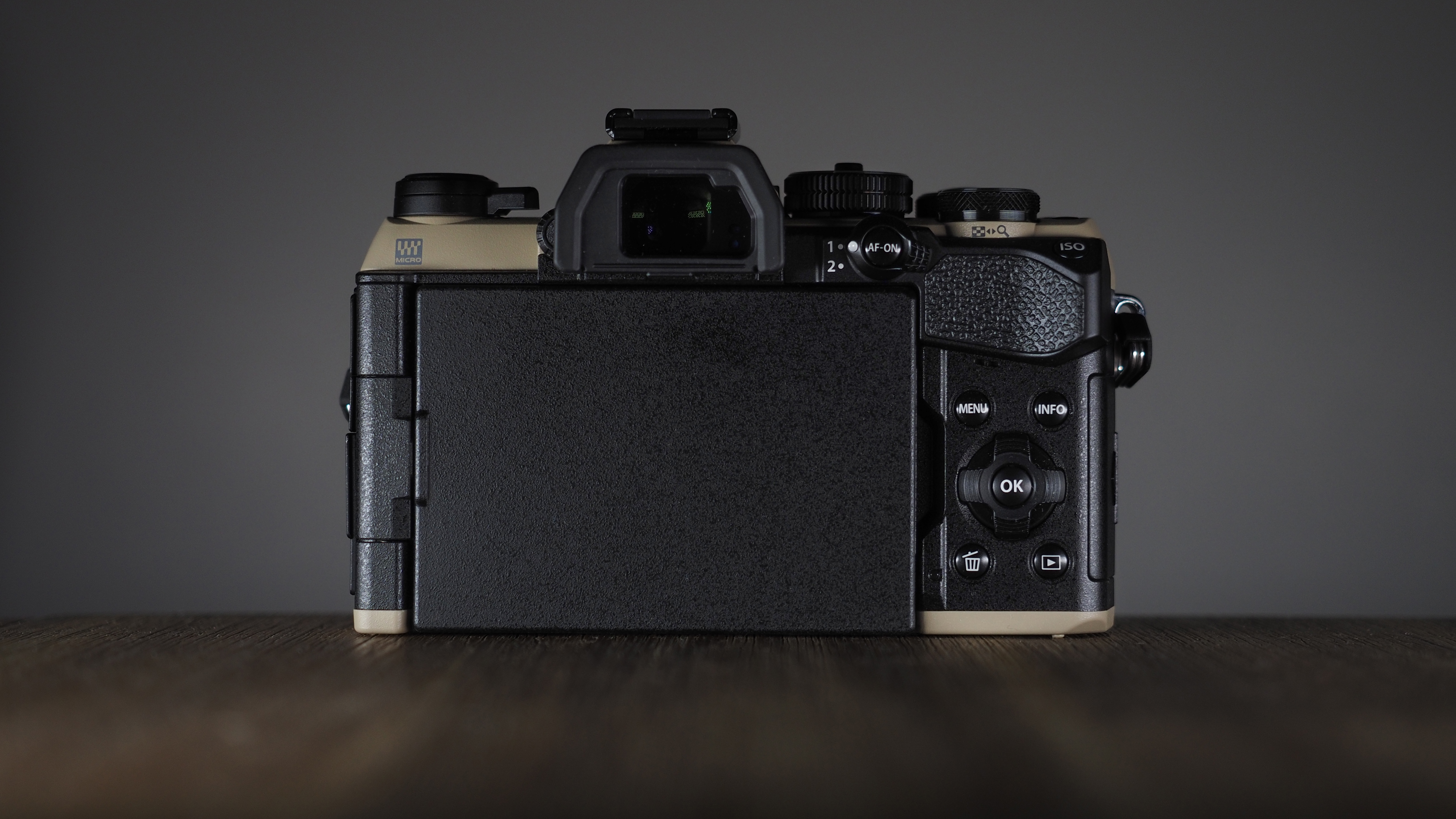
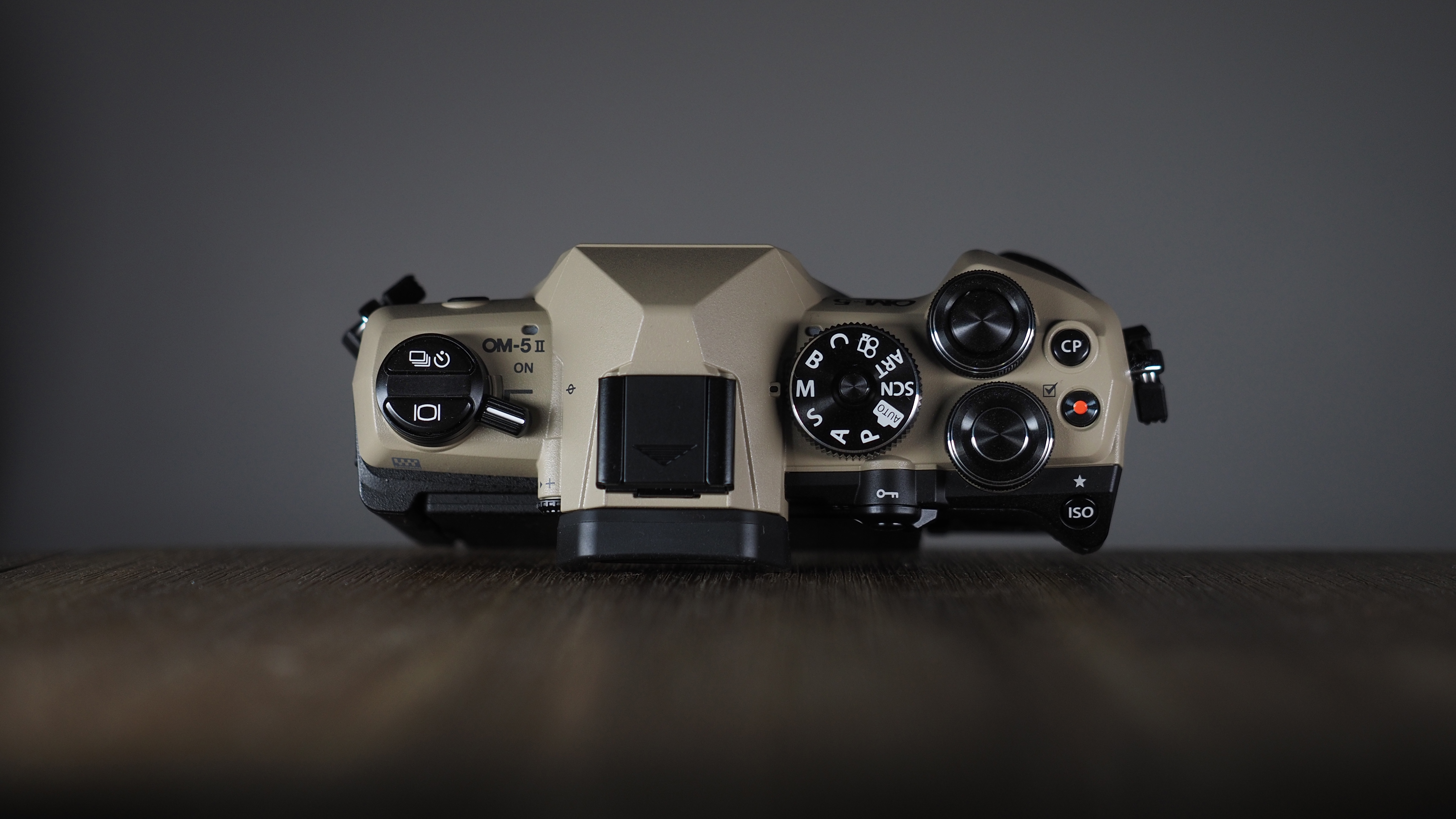
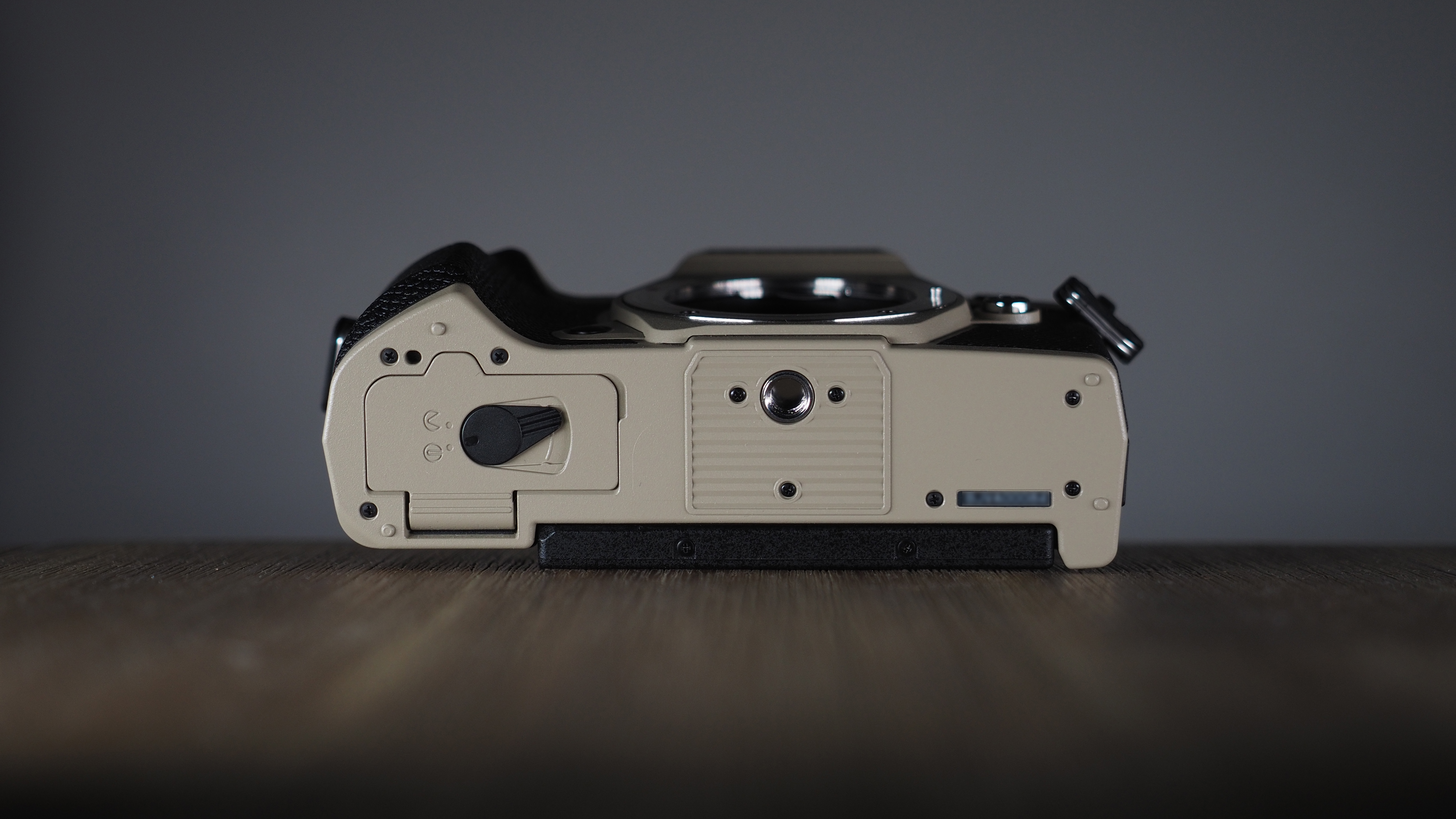
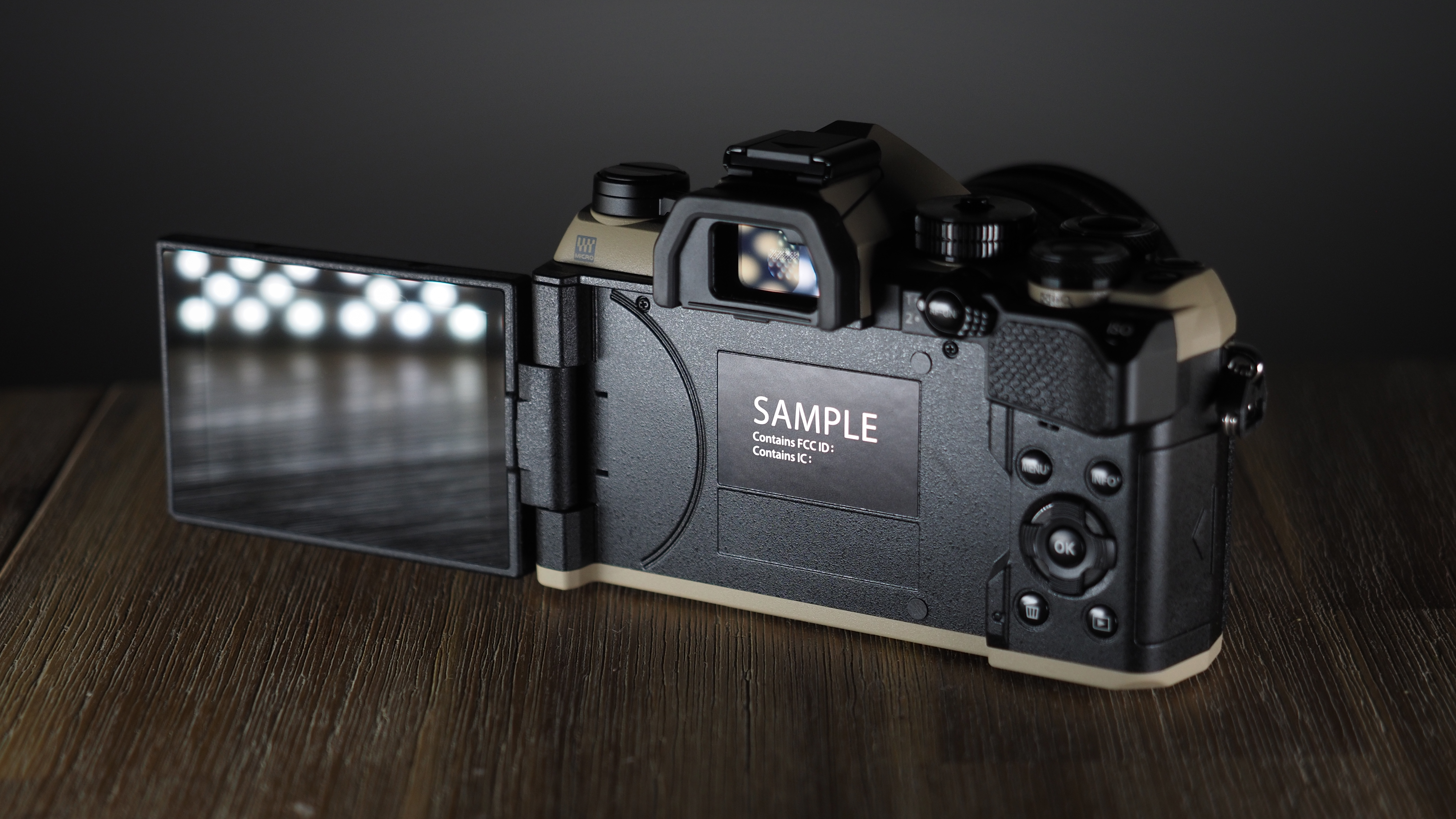
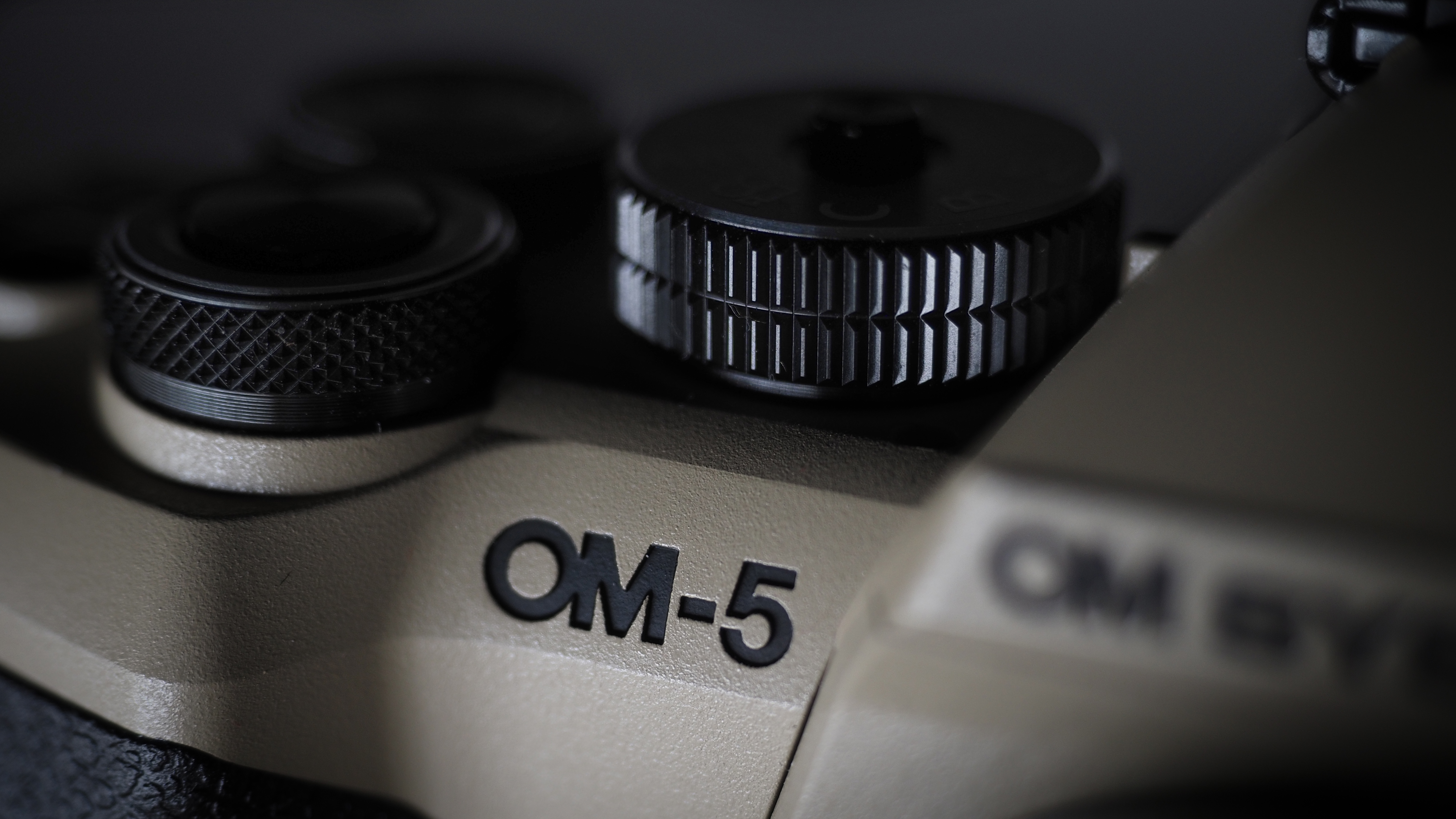

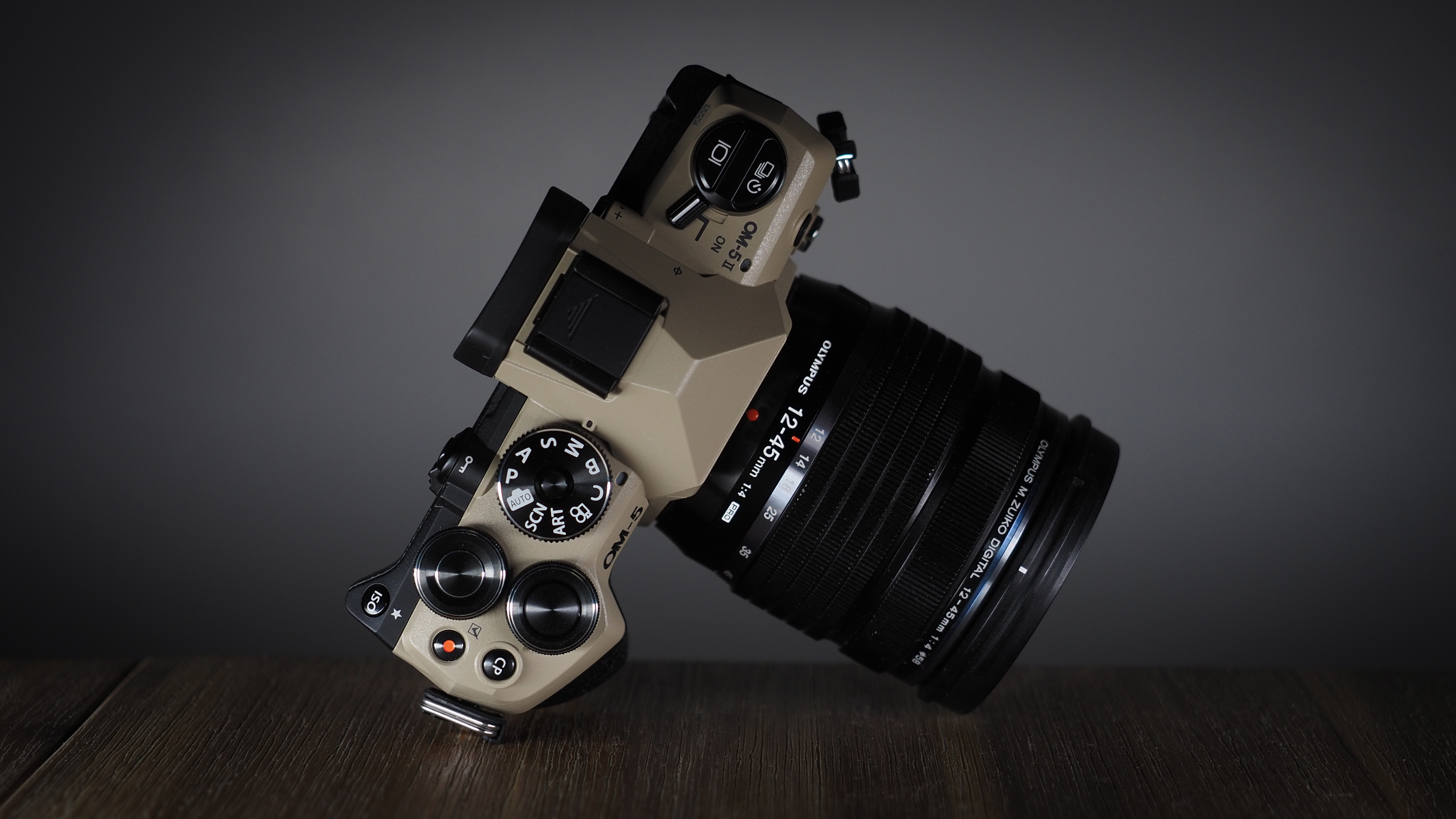
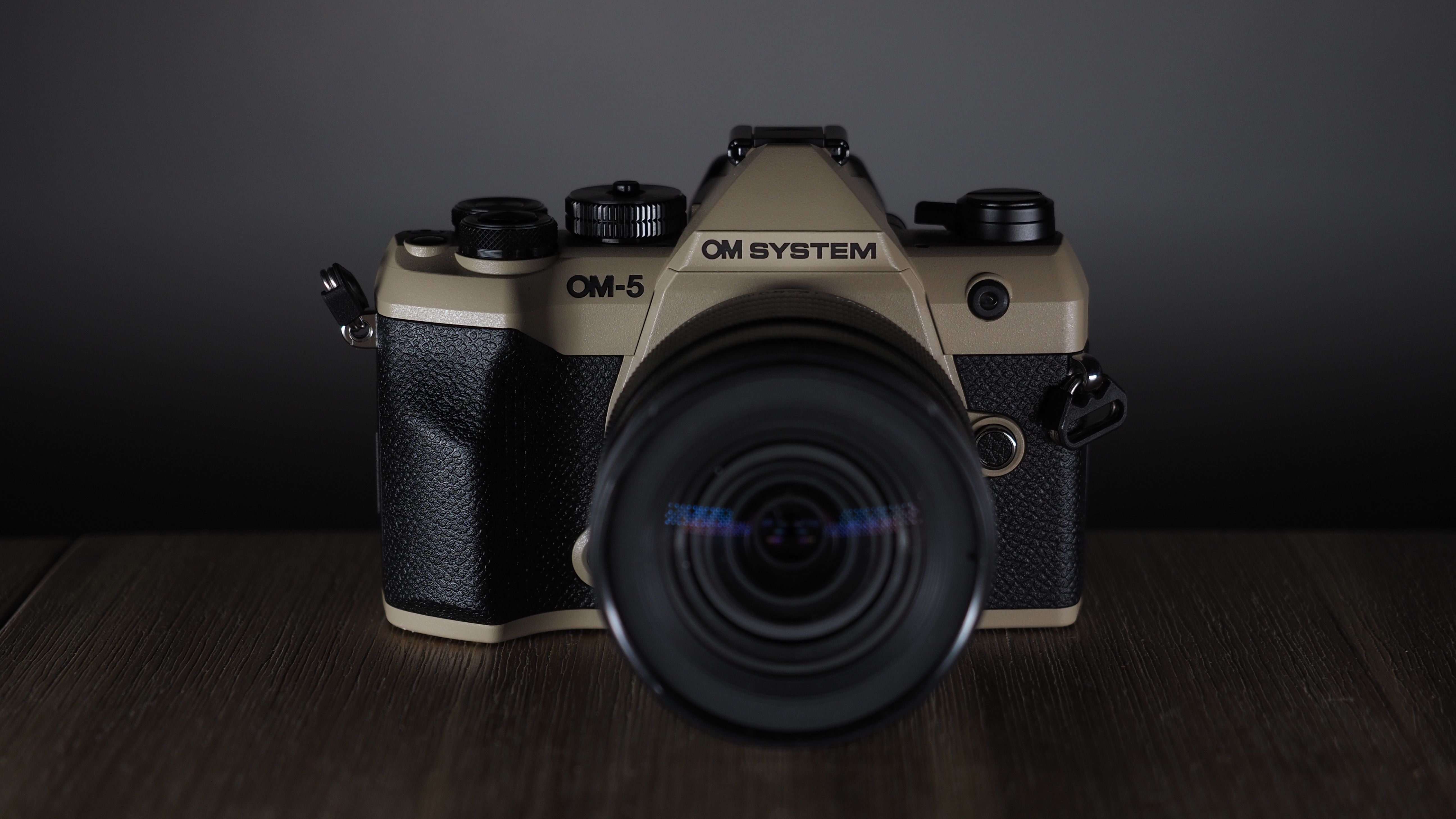
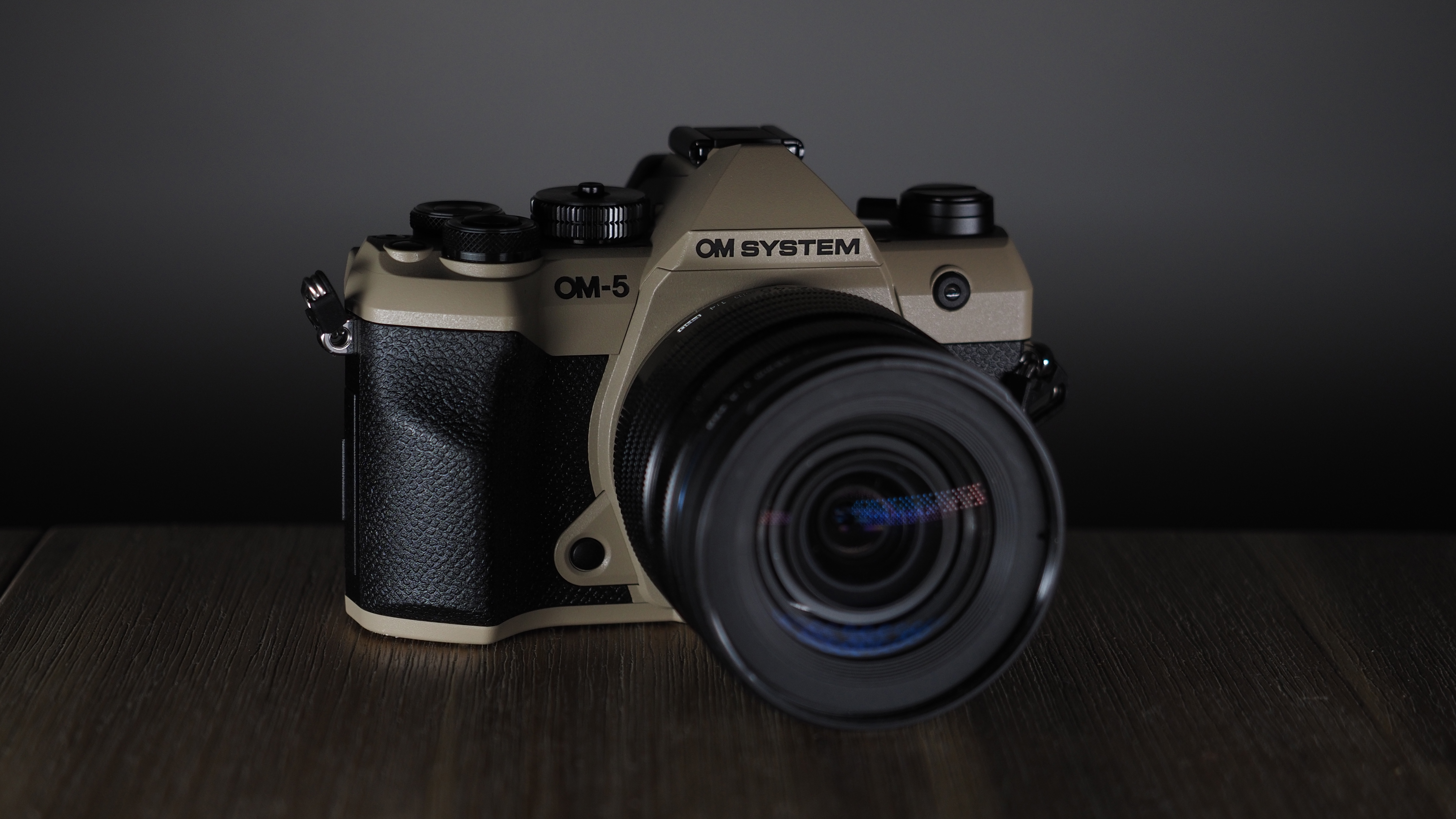

OM System OM-5 Mark II: Build & handling
As is a bit of a theme, the OM System OM-5 Mark II is very similar to the original OM-5 when it comes to handling and build quality. But, as is also a bit of a theme, this is no bad thing.
The OM-5 Mark II boasts flagship-level IP53 weather sealing, for peace of mind when shooting in wet or dusty conditions (though bear in mind, of course, that your system is only weather sealed if the lens has sealing as well).
The main change to the camera's ergonomics is the new, beefier grip. The Mark II is just over 3mm deeper than the OG OM-5, which is thanks to the slightly more protroding grip – something that I was actually wary of at first, because to me the whole point of the OM-5 is that the grip is very discreet (where the OM-1 has a chunky grip).
Thankfully, OM has managed to give the OM-5 Mark II a noticeable amount of additional purchase without feeling like the grip has become any bigger – sleight of hand in the most literal way. I'm pleased with the way the camera handles, and even more pleased that it doesn't impede the svelte body.
(It should be noted that, consequently, OM is not producing an official grip attachment for the OM-5 Mark II – though third parties will doubtless fill this gap.)
While all other properties are virtually identical, there are two more key physical differences. Firstly, the exposure compensation button (above the record button on the camera's right shoulder) has been replaced by a CP button, providing quick access to the computational photography features. Introduced on the OM-3, this is a brilliant way to surface advanced functions that were previously buried in menus.
The final difference is a third color option: the OM System OM-5 Mark II is available in silver, black and now 'sand beige'. Though availability varies by region, this is the first time a 5-series camera has been launched in a third regular colorway (aside from a Titanium limited edition under the Olympus banner).
OM System OM-5 Mark II: Performance
It doesn't take a tarot reader to guess what I'm going to say next: the OM System OM-5 Mark II performs a whole heck of a lot like the previous model.
There are inherent advantages and disadvantages of the Micro Four Thirds sensor at the heart of this camera, some of which will better suit some shooters than others. Resolution, for example, is a limitation of the format.
While Panasonic has managed to achieve 25.2MP in the Lumix GH7, the ceiling for OM System remains at 20.4MP. Which, in my experience, is absolutely perfect for everyday photography and probably 80% of the work I shoot. professionally. (Yes, DJI squeezed 100MP out of an MFT sensor for the Mavic Pro 4, but that's an apple to this orange.)
For that 20% of the time you might need more resolution, there's the High Res Shot mode that uses pixel shift multi-shot technology to produce 50MP images handheld or 80MP images on a tripod. The caveat is that you really need a statue-still subject, otherwise movement artifacts will be rendered – but for things like still life and architecture or cityscapes, it works great.
Depth of field is another interesting one for MFT. The physically smaller nature of the sensor means that it renders a greater depth of field than a full-frame or APS-C sensor at an equivalent focal length. That can be tough if you want blurry backgrounds but, if you shoot macro or you don't want depth of field to be razor-thin when shooting with wide apertures, it can actually be a huge advantage.
I've been spending quite a bit of time with the OM System OM-5 Mark II shooting macro photographs and it's some of the best fun I've had with a camera in ages. The depth of field combined with the ridiculously solid image stabilization (where Olympus has always led the field) means that I can shoot tiny subjects handheld and still get things sharp and in focus.
Throw in the in-camera focus stacking, handily available via a stab of the computational photography button, and this is a real dream if you love taking close-ups while you're out hiking or exploring.
The smaller sizes also imbues MFT sensors with a 2x crop factor, which doubles the effective focal length of your lenses – and also means that Micro Four Thirds lenses can be dramatically smaller and lighter than cameras with larger sensors.
So while I set out to shoot close-ups, using the palm-sized Olympus M.Zuiko 30mm Macro lens, I had plenty of room in my bag for the Olympus M.Zuiko 75-300mm – which gives me an incredible 600mm of reach, thanks to that 2x crop factor. This meant I was able to snag some shots of an adorable family of ducklings I spotted on my ramble, along with a squirrel playing hide-and-seek in a trash can.
Of course, as that guy at your local camera club will no doubt tell you, the smaller MFT sensor also means smaller photosites, which has an effect on low light performance. However, as you'll see in our lab tests below, the OM-5 Mark II actually performs better at high ISOs than the recent Nikon Z50 II with its APS-C sensor – so don't believe all the hype about the limitations of Micro Four Thirds sensors.
The OM System OM-5 Mark II really is a joy to shoot with. It's a nimble and responsive camera, fast to focus and quick to react to your surroundings at a moment's notice, whether that's jumping into the suite of computational photography tricks to shoot with a virtual ND filter or flicking into movie mode to an Instagram Reel in OM-Log.
Really the only limitation I find with this camera is the lack of subject detection autofocus. It has a great algorithm for finding eyes and faces when shooting portraits, and the Starry Sky AF mode is remarkable at focusing on the night sky, but the lack of animal AF made it tricky to photograph the aforementioned ducklings and squirrel.
In fairness, the OM-5 Mark II doesn't market itself as a wildlife camera – and photographing animals is still way easier than it was on a DSLR. But when competing cameras like the Z50 II offer numerous AF modes as standard, it's definitely a bit of a shame not to have the same here.
I'll also note that this camera only shoots 8-bit video – which is fine for snagging some Reels or TikToks on your travels and adventures, and that's exactly how the OM-5 Mark II is intended to be used. But the lack of 10-bit means that this isn't going to be anyone's first choice for a video or vlogging camera – but, again, this is really a stills camera.
OM System OM-5 Mark II: Sample images

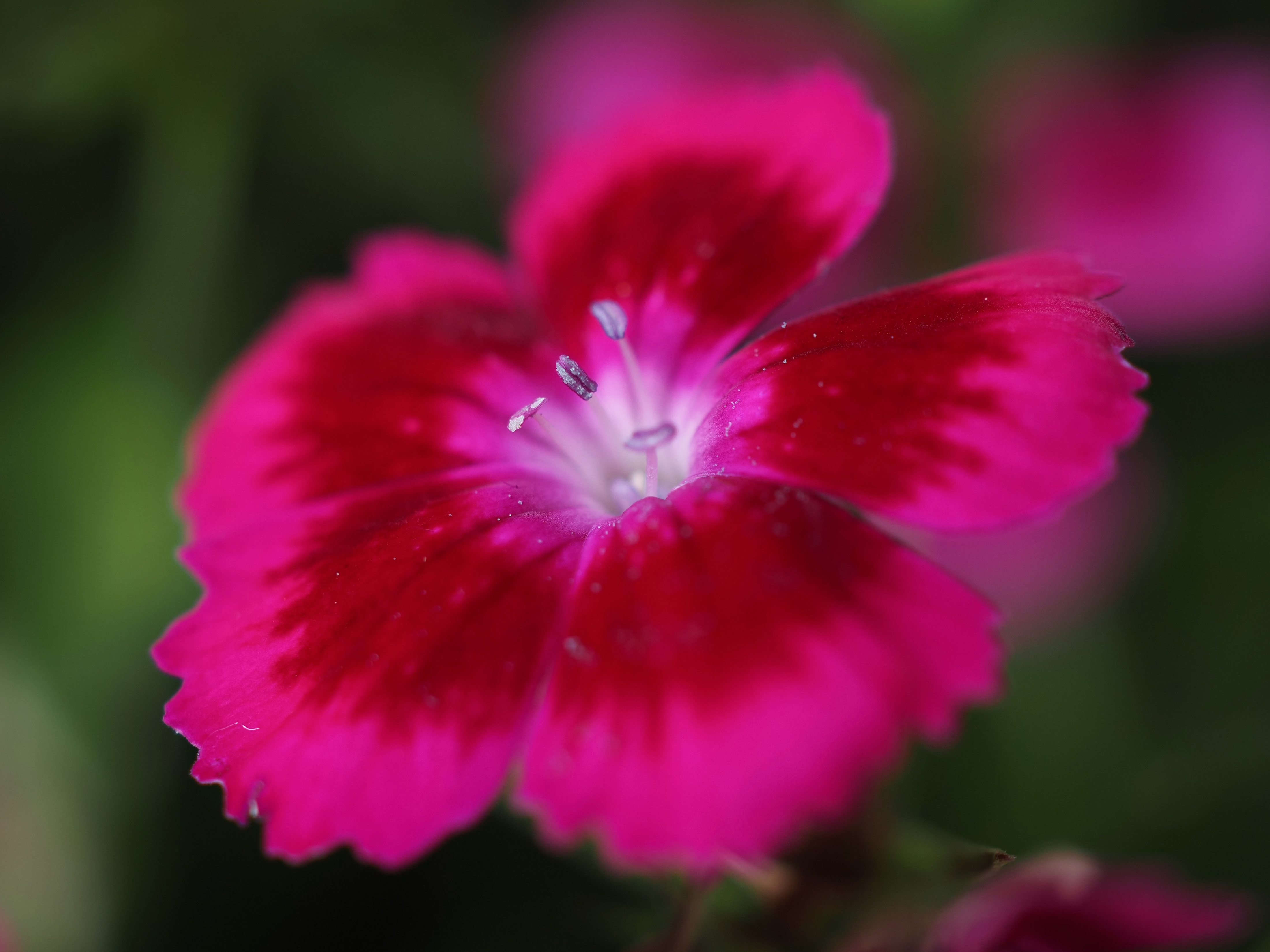
OM System OM-5 Mark II: Lab data
For our lab data comparison, we pitted the OM-5 Mark II against its own stablemate, the OM-3, as well as the rival Fujifilm X-T30 II and Nikon Z50 II.
Resolution (line widths/picture height):
Sharing the same 20MP pixel count, the two OM System cameras perform almost identically when to comes to resolving fine detail, even managing to out-perform the 20.9MP Z50 II. But the 26.1MP X-T30 II was always going to be the winner here.
Dynamic range (EV):
Dynamic range is a measure of a camera's ability to record extreme brightness ranges and still retain detail in the brightest and darkest parts of the scene. It's measured in EV (exposure values, or 'stops').
All cameras are closely matched here, but it's the OM-5 II that captures the most dynamic range at low-to-medium sensitivities, before it starts to slightly trail the pack at ISO 6400 and above.
Signal to noise ratio (decibels):
This test compares the amount of random noise generated by the camera at different ISO settings as a proportion of the actual image information (the 'signal'). Higher values are better and we expect to see the signal to ratio fall as the ISO is increased.
Although the OM-5 II's images technically have more noise at low and mid sensitivities, it comes good where noise is most obvious: high ISO shots. The OM-5 II manages to produce cleaner images than the OM-3 and Z50 II at ISO 3200 and above, though the X-T30's X-Trans CMOS 4 sensor is particularly good at controlling noise.
OM System OM-5 Mark II: Verdict
The OM System OM-5 Mark II is following a very tough act, coming just a few months after the universally loved OM System OM-3 – which led to some very unrealistic expectations. Indeed, I saw speculation online that this camera would inherit the stacked sensor of the OM-1 Mark II – and disappointment when it ultimately didn't.
The truth is, if you're looking for a meaningful upgrade from any 5-series camera since the E-M5 Mark III, your next purchase should be the OM-3. The OM-5 Mark II is a formidable camera, but it is simply too similar to the previous generations to warrant a purchase (unless you really want a USB-C port).
But if you're not an existing OM-5 or E-M5 user, boy, are you in for a treat with this camera. It's a fantastic everyday carry, capable of churning out run-and-gun shots in the rain, incredible handheld macro photos, slow shutter speed waterfall photos without an ND filter, 80MP fine art prints, spontaneous wildlife images… and you can even use it as a webcam if you want to.
If you're an Olympus owner using an E-M10 Mark IV or a PEN E-P7, this is a great upgrade. If you're using an entry-level camera like a Canon EOS R100 or a Nikon Z30, and you want something just as small but with a more impressive array of features, this is a great upgrade. And if you're using a compact camera and you want more creative power and freedom, this is a great upgrade.
The OM System OM-5 Mark II is the very definition of "if it ain't broke, don't fix it". You can save a couple of hundred bucks by picking up the OM-5 while it's still available, but personally I'd shell out the extra for the convenience of USB-C charging, the superior grip and the convenience of the CP button. And I don't know what anyone else thinks, but I'm digging the new sand beige color (but not the name!).

James has 25 years experience as a journalist, serving as the head of Digital Camera World for 7 of them. He started working in the photography industry in 2014, product testing and shooting ad campaigns for Olympus, as well as clients like Aston Martin Racing, Elinchrom and L'Oréal. An Olympus / OM System, Canon and Hasselblad shooter, he has a wealth of knowledge on cameras of all makes – and he loves instant cameras, too.
You must confirm your public display name before commenting
Please logout and then login again, you will then be prompted to enter your display name.
